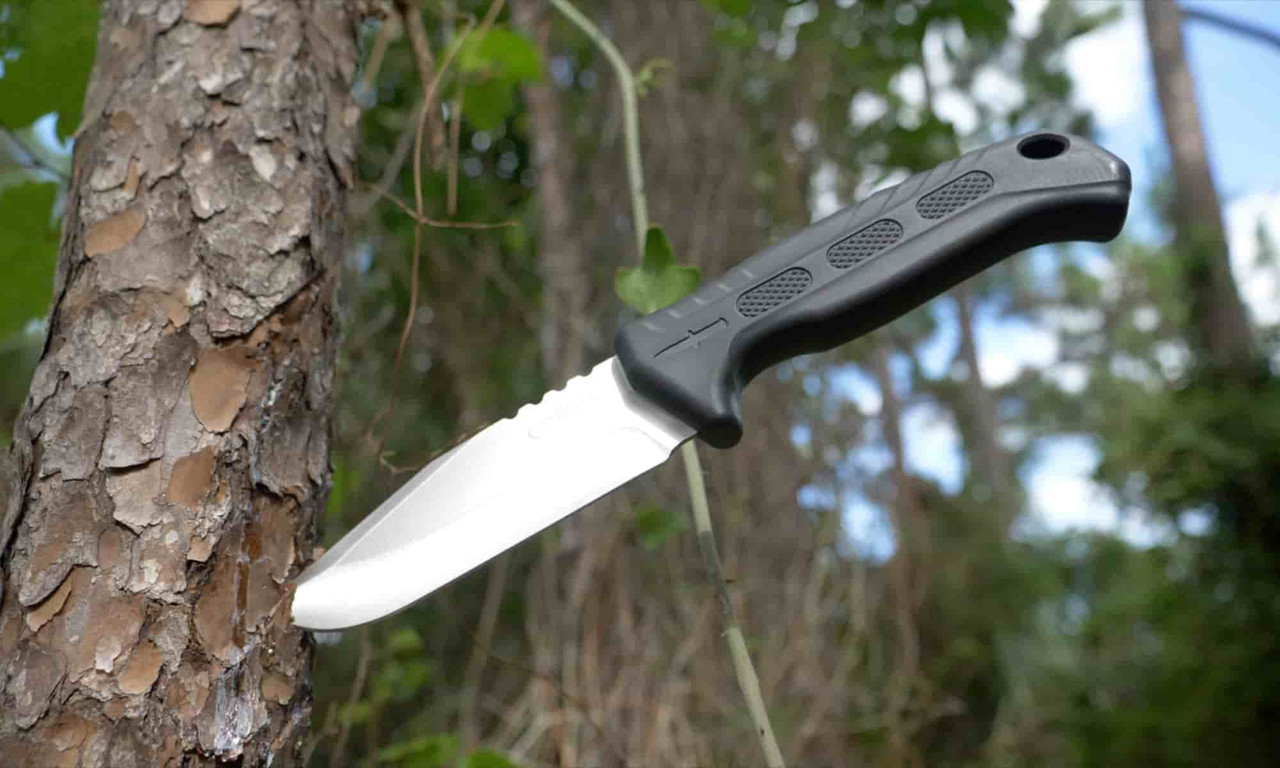The use of a fixed blade knife for self-defense is a topic that garners significant interest, especially among kitchen professionals and culinary experts. This type of knife is not only robust enough for culinary tasks but also considered as a reliable tool for personal safety.
We often see discussions around fixed blade knives primarily focused on outdoor activities or tactical use. However, it's crucial to explore its relevance in personal protection for those adept with knives, such as kitchen experts.

Why Choose a Fixed Blade Knife?
The kitchen is a place where the importance of a good knife is paramount. A fixed blade knife offers consistent reliability, sturdy construction, and ease of use, which are essential features when every second counts. Unlike folding knives, their durability and build make them less likely to fail under pressure. For professionals who are skilled in handling knives, this makes them a valuable asset in a self-defense situation.
The Design and Build
The design of a fixed blade knife typically involves a full tang construction, meaning the blade and the handle are made from a single piece of metal. This design makes it incredibly strong and dependable. A full tang provides balance and handling comfort, critical for both culinary precision and quick defensive maneuvers.
When performing kitchen tasks, efficiency is paramount. Similarly, in a self-defense scenario, you need a tool that offers speed and ease of deployment. A fixed blade knife, with its seamless design, lacks the moving parts that might complicate or slow down its use.
Techniques for Self-Defense
When considering a fixed blade knife for self-defense, understanding the right techniques is essential. For professionals, adapting kitchen knife skills to defensive moves can be a lifesaving capability. It's about precision, clarity of movement, and knowing how to position oneself safely.
For example, learning to handle a paring knife with finesse can be similar to using a compact fixed blade knife in a defensive gesture. The transition from kitchen use to self-defense is all about leveraging your existing skills with new applications in mind.
Legal Considerations
Before adopting a fixed blade knife for personal defense, it is imperative to understand the legal aspects. Various jurisdictions have different laws regarding the carrying and usage of such knives. Check for local laws to ensure you comply with regulations without compromising your safety.
Choosing the Right Knife
Choosing the appropriate knife is essential for both kitchen tasks and self-defense purposes. Here are some tips to get started:
- Evaluate the blade length it should be manageable and suitable for your specific needs.
- Consider the handle material ensure it provides a good grip, whether wet or dry.
- Assess the sheath, if included, for ease of carry and access.
For more detailed advice on selecting a fixed blade knife, consider reading our comprehensive guides at Gritr Sports.
Applying Kitchen Techniques
Professionals can integrate their kitchen knife techniques with defensive strategies. Techniques such as precision cuts, swift hand movements, and knife control translate well into the self-defense sphere. This synergy can vastly improve ones personal security using a tool you're already familiar with.

FAQs
Q1: Are fixed blade knives better for self-defense?
They often are due to their robustness and reliability, especially in high-pressure situations.
Q2: What length should a self-defense knife be?
A practical length ranges from 3-5 inches, which provides control without being unwieldy.
Q3: How do I maintain a fixed blade knife?
Regular cleaning, sharpening, and safe storage are key to maintaining the integrity of your knife.
For those interested in understanding the nuances between various fixed blade knives, explore more in our blog.
This article contains affiliate links. We may earn a commission at no extra cost to you.


























